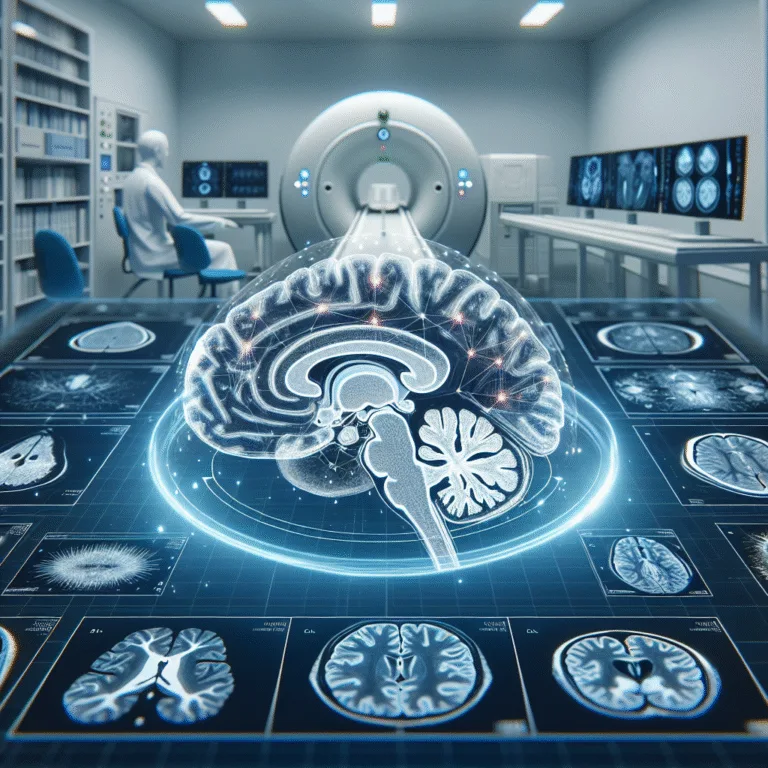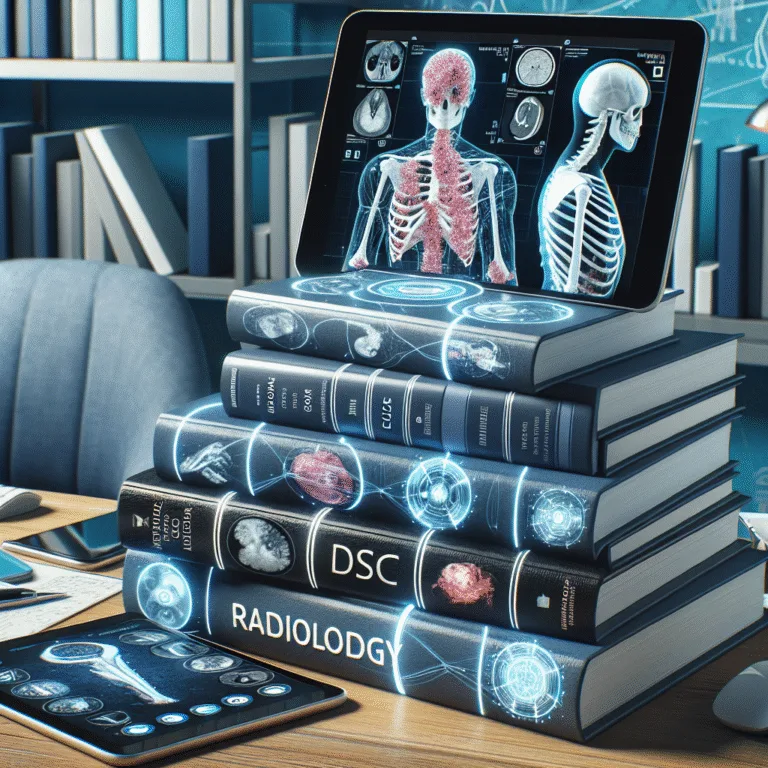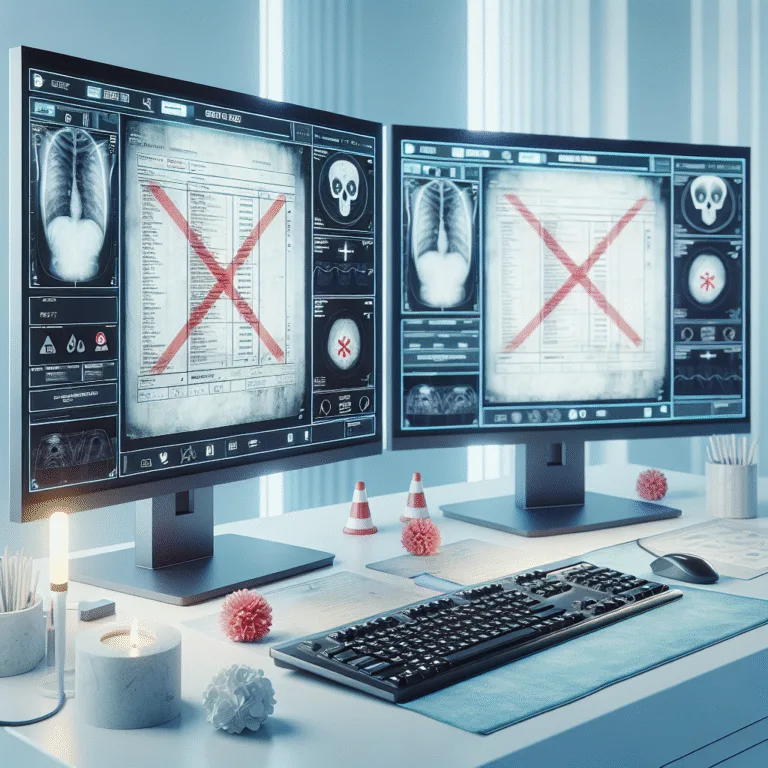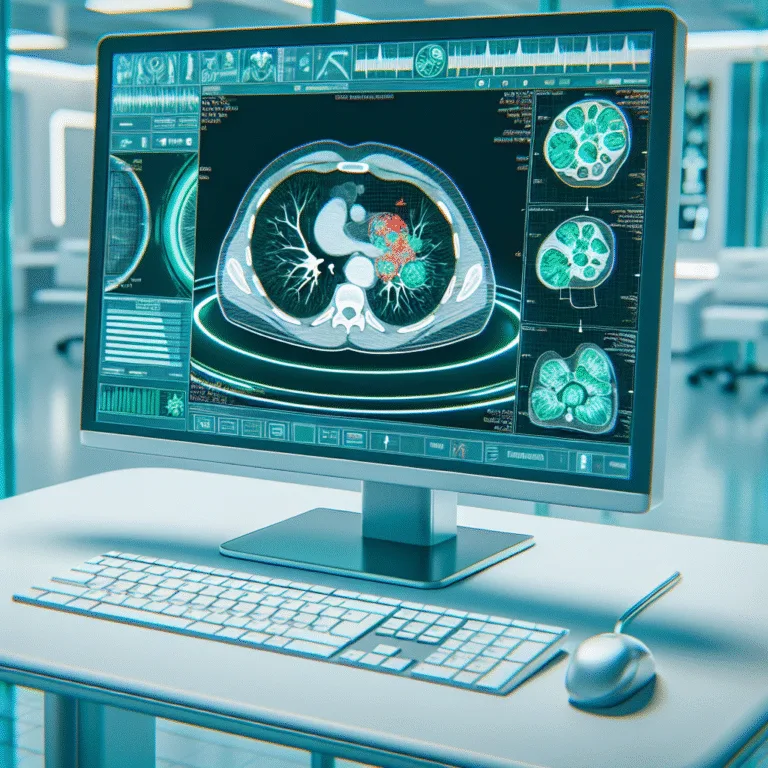A Quick Anatomy Review for Brain MRI Interpretation: Key Structures to Know
A Quick Anatomy Review for Brain MRI Interpretation: Key Structures to Know
Need a rapid refresher on cerebral anatomy before tackling a complex case? This guide is for you. We provide a concise visual and descriptive review of the key lobes, gyri, sulci, and deep brain structures essential for accurate MRI interpretation. Bookmark this page for a quick and reliable reference in your daily practice.
For radiologists, a quick anatomy review for brain MRI interpretation is crucial when dealing with complex cases. Understanding the key structures of the brain can significantly enhance diagnostic accuracy and efficiency. This guide offers a streamlined overview of the essential lobes, gyri, sulci, and deep brain structures that are vital for accurate MRI interpretation.
Key Brain Structures for MRI Interpretation
Accurate MRI interpretation hinges on a detailed understanding of brain anatomy. Here are the primary structures you need to focus on:
- Cerebral Lobes: The brain is divided into four main lobes: frontal, parietal, temporal, and occipital. Each lobe has distinct functions and landmarks crucial for interpretation.
- Gyri and Sulci: The brain’s surface is characterized by gyri (ridges) and sulci (grooves). Important gyri include the precentral and postcentral gyri, while notable sulci include the central sulcus and lateral sulcus.
- Deep Brain Structures: These include the thalamus, hypothalamus, basal ganglia, and brainstem. Understanding their location and function is essential for diagnosing pathologies.
Cerebral Lobes
The cerebral lobes are pivotal in brain MRI interpretation:
- Frontal Lobe: Involved in motor function, problem-solving, and speech. Key areas include the precentral gyrus and Broca’s area.
- Parietal Lobe: Processes sensory information. The postcentral gyrus is a significant landmark here.
- Temporal Lobe: Important for auditory processing and memory. Includes the hippocampus and Wernicke’s area.
- Occipital Lobe: Primarily responsible for visual processing.
Gyri and Sulci
Recognizing gyri and sulci is crucial for orientation and identifying abnormalities:
- Central Sulcus: Separates the frontal and parietal lobes. The precentral and postcentral gyri border this sulcus.
- Lateral Sulcus (Sylvian Fissure): Divides the frontal and parietal lobes from the temporal lobe.
Deep Brain Structures
Deep brain structures are often involved in complex pathologies:
- Thalamus: Acts as a relay station for sensory information.
- Basal Ganglia: Involved in movement regulation. Includes structures like the caudate nucleus and putamen.
- Brainstem: Controls vital functions and connects the brain to the spinal cord.
Enhancing MRI Interpretation with AI
Incorporating AI tools like Rad Report AI can streamline the reporting process. By using AI, radiologists can reduce the time spent on drafting reports and focus more on diagnostic accuracy.
AI can assist in:
- Automated Measurements: Quickly obtain measurements of brain structures.
- Pattern Recognition: Identify subtle abnormalities that might be missed.
- Report Generation: Draft preliminary reports that can be refined by radiologists.
Practical Application in Radiology Practice
Consider the following sample radiology report template for a brain MRI:
Brain MRI Report
-----------------
Patient Name: [Patient Name]
Date: [Date]
Indication: [Clinical Indication]
Findings:
- Normal size and shape of the ventricles.
- No midline shift or mass effect.
- The cerebral lobes, gyri, and sulci are intact.
- The thalamus and basal ganglia appear normal.
- No evidence of acute infarction or hemorrhage.
Conclusion:
- No acute intracranial pathology detected.
For more comprehensive insights into brain MRI interpretation, refer to resources like the Radiopaedia Brain MRI article and the NCBI’s overview on MRI brain anatomy.
By integrating these anatomical insights with AI tools, radiologists can enhance their diagnostic capabilities and improve patient outcomes. For a streamlined reporting process, consider utilizing Rad Report AI to save time and increase efficiency.
🚀 Try Rad Report AI For Free — and experience faster, smarter reporting today.







